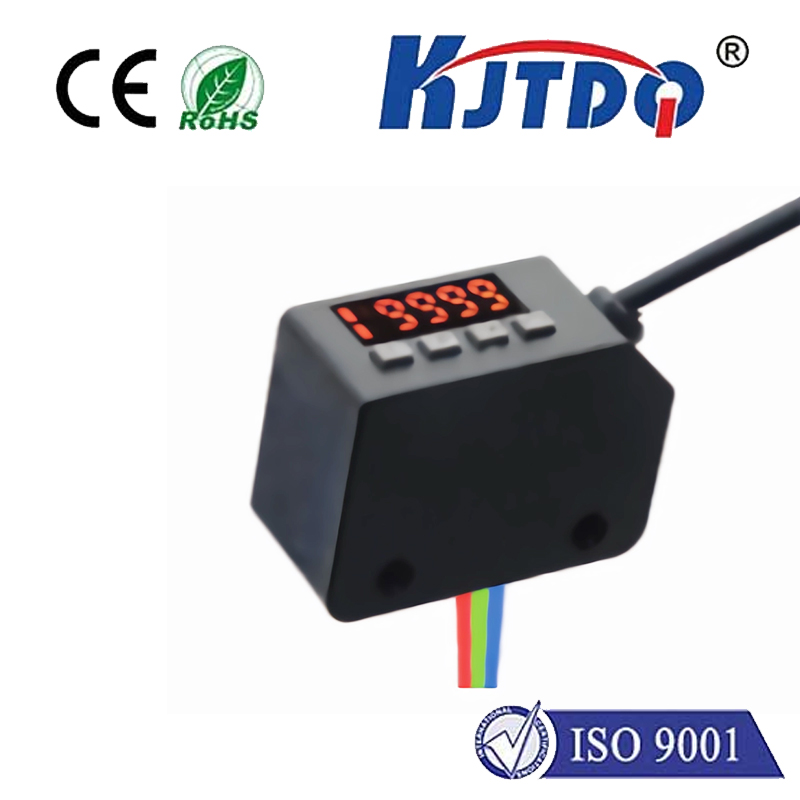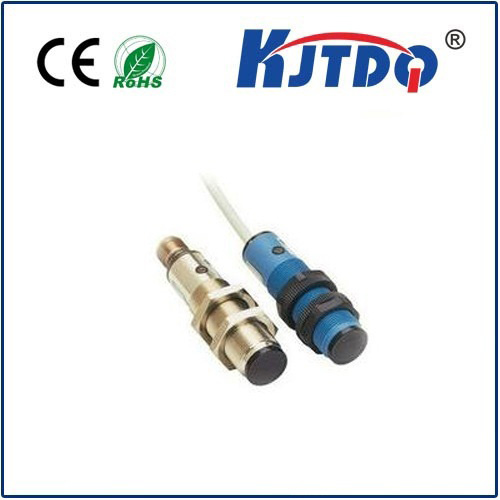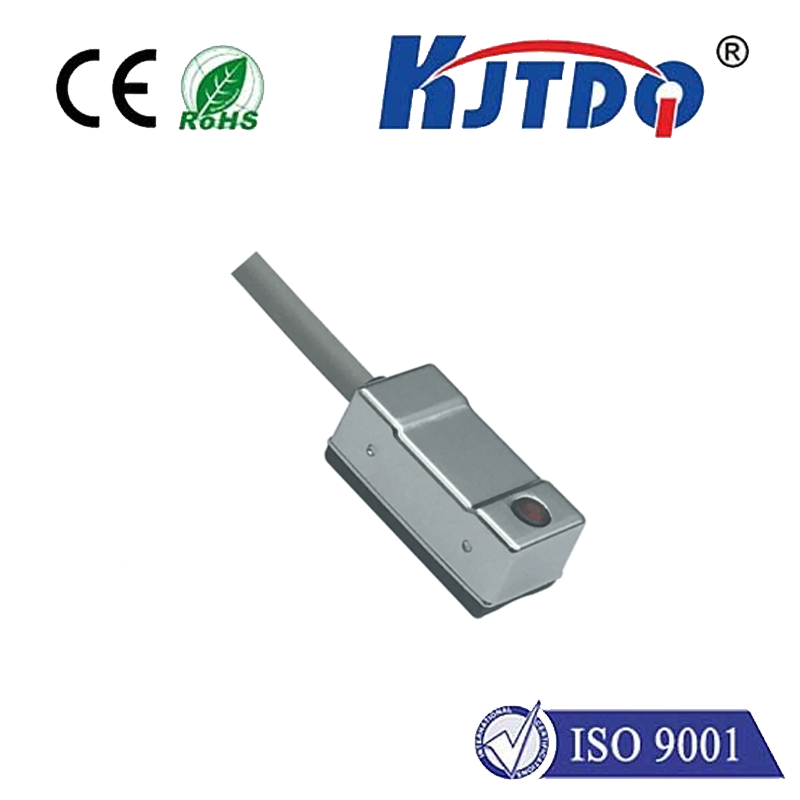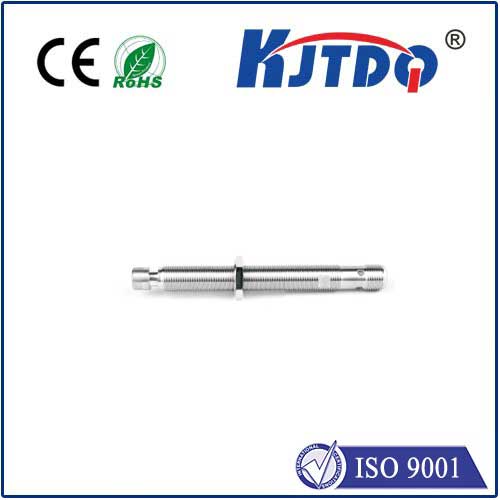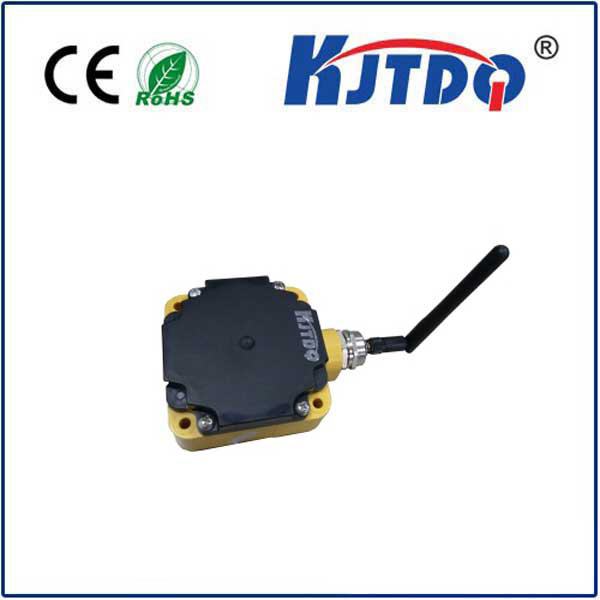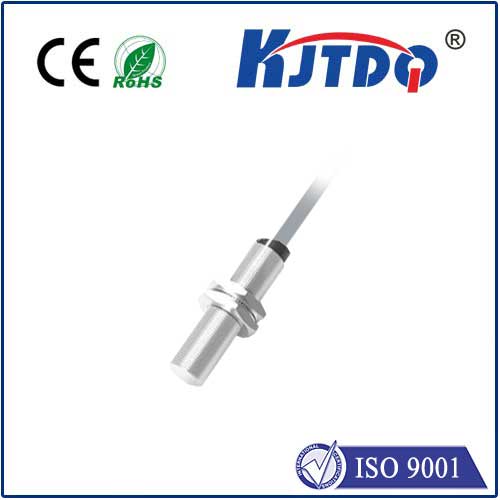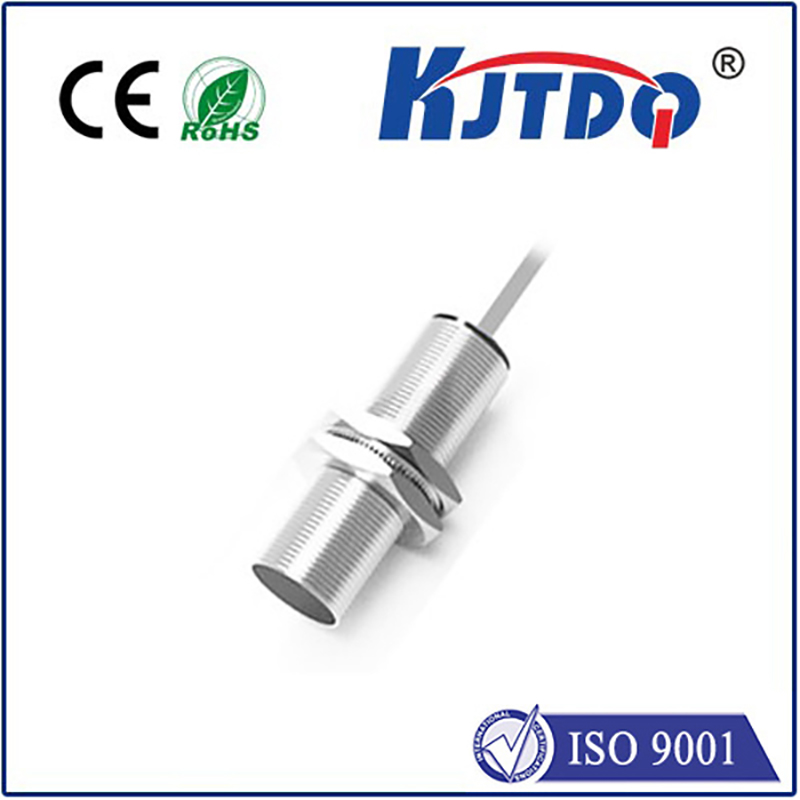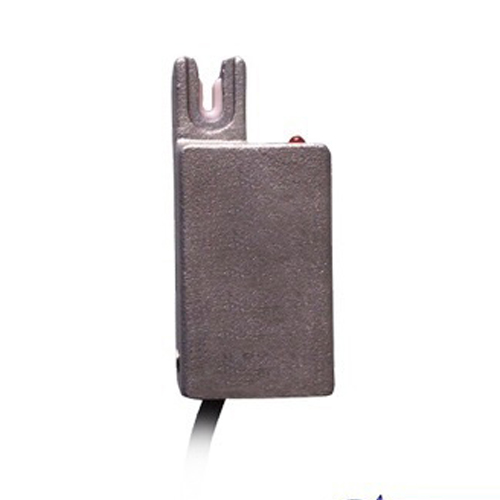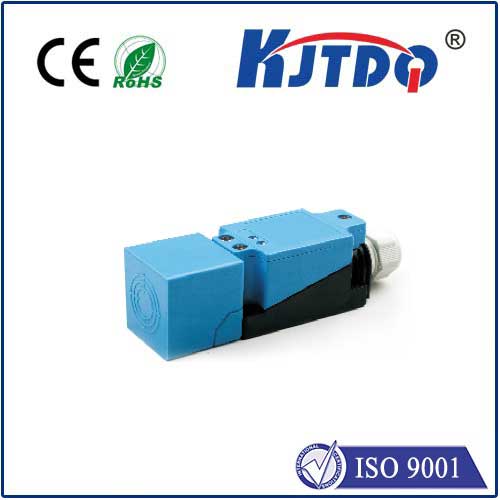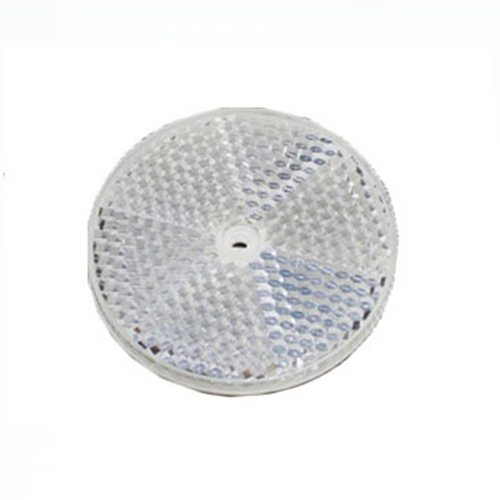

check

check

check

check

check

check

check

check

check

check

The Innovation of PNP Inductive Sensor: A Leap in Sensing Technology” In the realm of sensing technology, the PNP inductive sensor stands out as a revolutionary development. Its unique design and functionality have paved the way for advancements in various industries, from industrial automation to automotive safety systems. This article delves into the intricacies of this innovative sensor, shedding light on its features, applications, and potential future developments. The PNP inductive sensor is a type of proximity sensor that operates based on the principle of electromagnetic induction. It consists of a primary coil and a secondary coil, which are wound in opposite directions. When an AC current passes through the primary coil, it generates a magnetic field that induces a voltage in the secondary coil. The change in voltage is then measured and used to determine the distance between the sensor and a conductive object. One of the key features of the PNP inductive sensor is its high level of accuracy. Unlike other types of proximity sensors, such as capacitive or ultrasonic sensors, the PNP inductive sensor can accurately detect objects up to a distance of several centimeters. This makes it ideal for applications where precise measurements are crucial, such as in the automotive industry for detecting the position of a gear shift lever or in the food industry for monitoring the level of ingredients in a mixing tank. Another advantage of the PNP inductive sensor is its immunity to environmental interference. Since it operates based on electromagnetic induction, it is not affected by factors such as temperature, humidity, or electromagnetic noise. This makes it particularly suitable for use in harsh environments where other types of sensors may struggle to perform reliably. The applications of the PNP inductive sensor are vast and varied. In addition to its use in automotive and food industries, it is also widely used in machinery manufacturing, robotics, security systems, and many other fields. For example, it can be used in conveyor belt systems to detect the presence of metal objects, in robotic arms to determine the position of tools, or in access control systems to identify unauthorized entry attempts. Looking ahead, the future of the PNP inductive sensor looks promising. With ongoing research and development, we can expect to see further improvements in its sensitivity, durability, and cost-effectiveness. Additionally, as new applications are discovered, the demand for PNP inductive sensors is likely to continue growing, paving the way for even more innovations in this exciting field of sensing technology. In conclusion, the PNP inductive sensor represents a significant leap forward in sensing technology. Its high level of accuracy, immunity to environmental interference, and wide range of applications make it a valuable tool in various industries. As we look to the future, we can anticipate further advancements that will enhance its performance and expand its potential uses, cementing its place as a cornerstone of modern sensing technology.
